After Resilience’s moon landing attempt, why openness is key to the lunar economy .
After the hard work of several hundred people from ispace-Japan and ispace-Europe over five years, and substantial financial investment by private institutional investors, mega-banks and Japanese retail investors — this mission was not funded by the NASA Commercial Lunar Payload Services (CLPS) initiative — our colleagues overseas did not achieve the primary goal of safely landing on the moon.
But failures are only truly failures if we don’t learn from them.
In the spirit of openness and transparency, here’s what we know about the Resilience mission. Resilience’s onboard laser altitude range finder did not lock on to the lunar surface with enough time for the spacecraft to decelerate to the planned descent velocity. As a result, Resilience presumably experienced a hard landing at the moment we lost telemetry.
Now, we are forming an External Review Task Force composed of world-renowned independent experts to provide a third-party review of the technical cause analysis of the Resilience landing failure, and to suggest necessary improvements to mission reliability. In this, ispace will proceed with the maximum possible transparency and openness, ensuring that the entire space community can benefit from our temporary setback.
In addition, we plan to initiate an ispace-U.S. advisory group that includes internal and external experts who will meet regularly to ensure any systemic issues, including programmatic and managerial practices, are resolved so that our upcoming United States mission is kept on track and is successful.
Even before Resilience’s landing attempt, ispace-U.S. incorporated lessons learned from ispace-Japan’s first mission in 2023. ispace-U.S.’s next generation lander, called APEX-1.0 builds upon the lessons learned from Resilience but contains significant improvements and enhancements and is a substantially different spacecraft than Resilience. For example, APEX 1.0 provides improved landing capability and accuracy compared to Resilience, using dissimilar redundancy and independent measurement techniques, along with the addition of Terrain Relative Navigation and Hazard Detection and Avoidance. For comparison, the Japanese Resilience spacecraft was designed to conduct a “blind landing.” Terrain Relative Navigation provides the ability to update position by comparing observed terrain to an onboard map. Hazard Detection and Avoidance supports the detection and avoidance of hazards such as boulders and craters. Based on lessons learned from Resilience, ispace-U.S. plans to further enhance and improve this system to increase the probability of a successful landing.
ispace has two mottos. The first, “Expand our planet — expand our future” acknowledges the importance of a significant lunar presence to the future of humanity. For our commercial lunar industry to be successful, all the organizations working toward creating a cis-lunar economy need to operate as a community, with extreme openness and transparency, so we can all learn from each other’s challenges and mistakes. Although this industry has for the most part acted in a uniquely transparent fashion and we have all learned from each other’s challenges, we can and must do more.
With the NASA CLPS initiative serving as a catalyst, the commercial space companies striving to routinely land on the moon can collectively jumpstart the cislunar economy and create the proverbial rising tide that lifts all (space)ships by banding together and sharing data, observations and lessons-learned. We as an industry should create a working group that serves as a forum for companies to not only share lessons learned, but also collectively contribute to the design of an architecture of a cis-lunar economy. We would then be able to collectively propose items such as interoperability standards, work together to establish shared infrastructure like relay satellites and power generation and, whenever possible, we could collaborate on individual mission objectives under the mindset that the success of one mission or company would benefit us all. Together, we can unlock amazing scientific discoveries, extract lunar resources that could dramatically improve life on Earth and leverage the technologies we develop in the process to transform the moon into a launching point that will open the door to Mars and the rest of the solar system.
ispace’s second motto is “Never quit the lunar quest.” Future success and reliability are built upon early failures. For example, not too long ago, a then-small space transportation startup called SpaceX failed to successfully launch its initial Falcon-1 rockets, three consecutive times. SpaceX learned from those early setbacks and went on to build the most reliable and cost-effective rockets in history. Efforts like that serve as “shots on goal” and, the more shots you take, the more you score. In the case of ispace-Japan’s Resilience, this mission was a shot on goal that didn’t cost the American taxpayers any money but will nonetheless bolster the chances of future lunar missions succeeding.
“Never quit the lunar quest” acknowledges that expanding a human presence to the moon is an audacious challenge. It reminds us that although we have experienced setbacks in the past, and will undoubtedly face setbacks in the future, we will stay the course. Like SpaceX, ispace will leverage invaluable lessons learned from these early missions to deliver not just payloads, but a future of awe and wonder, reliable missions and high value to every customer that flies with us.
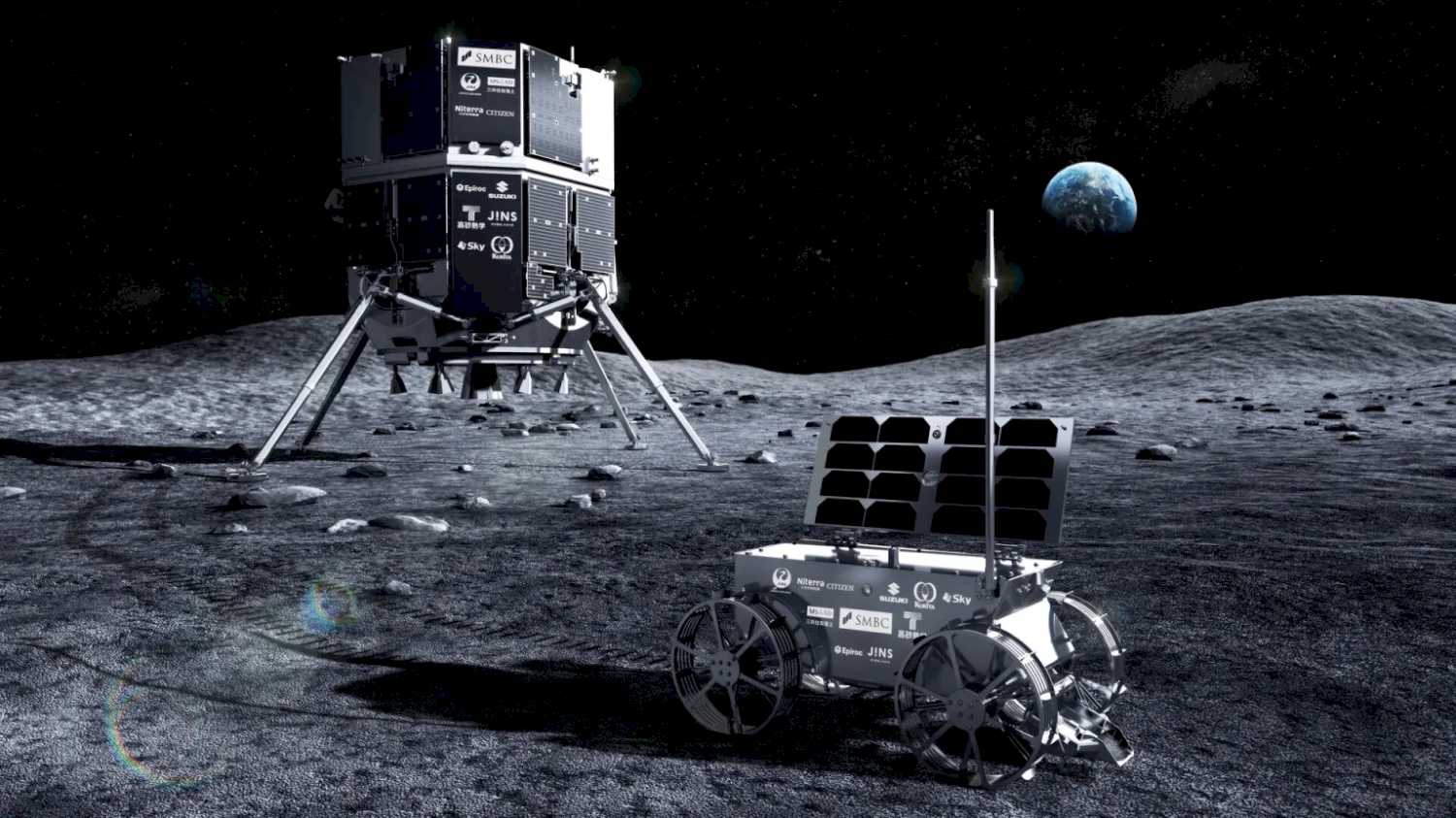

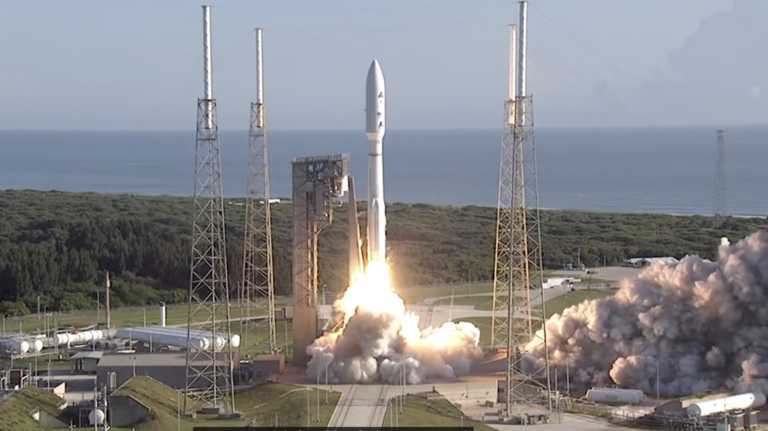



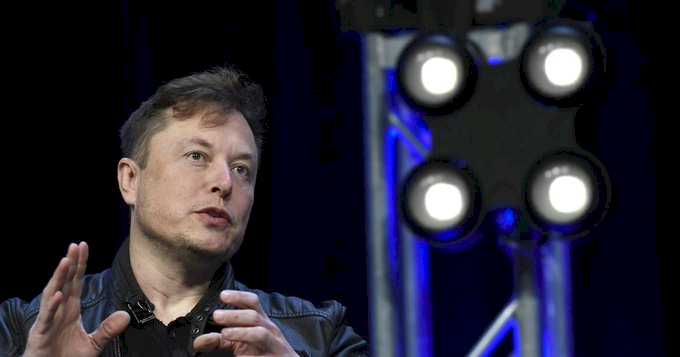
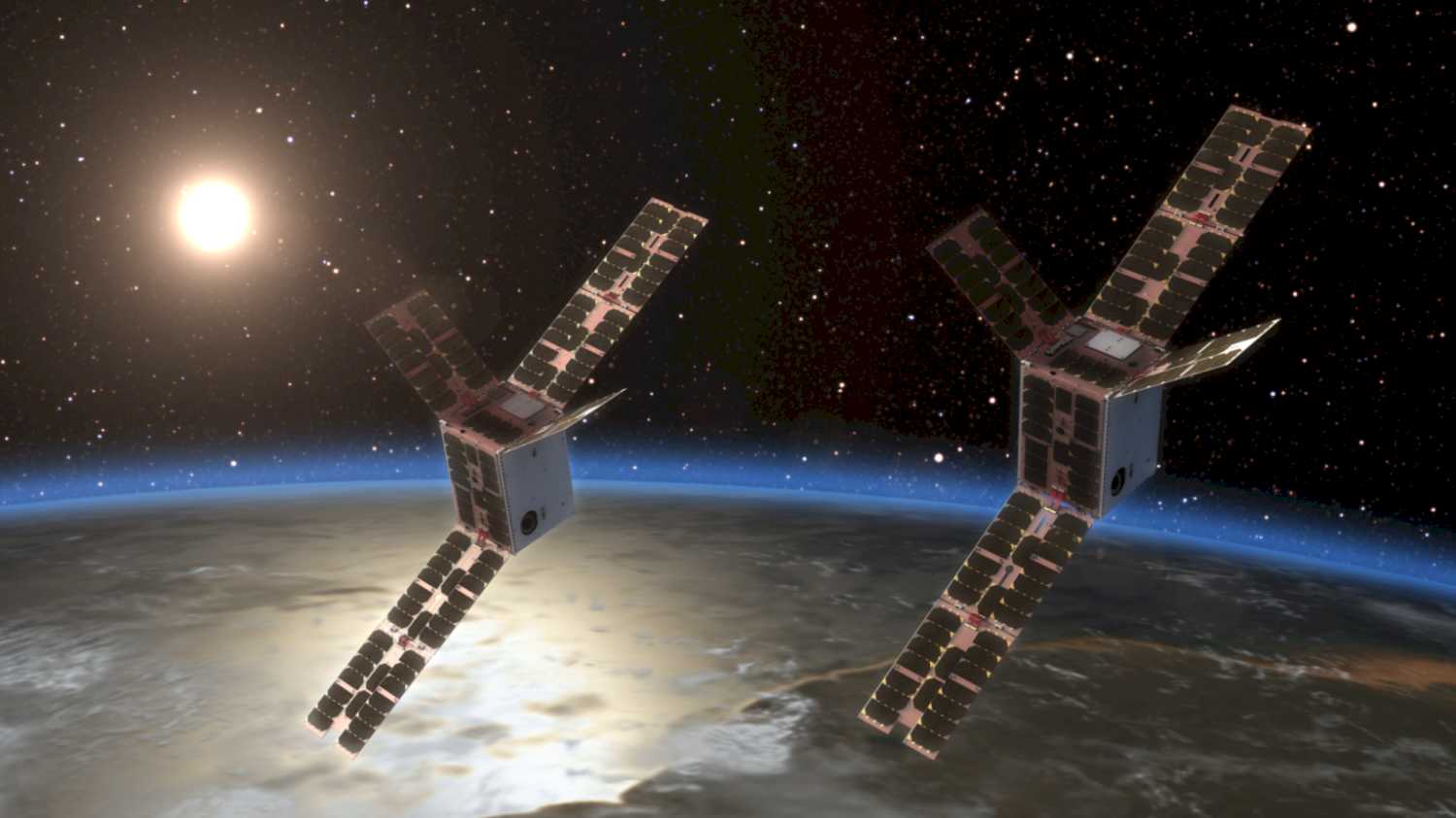
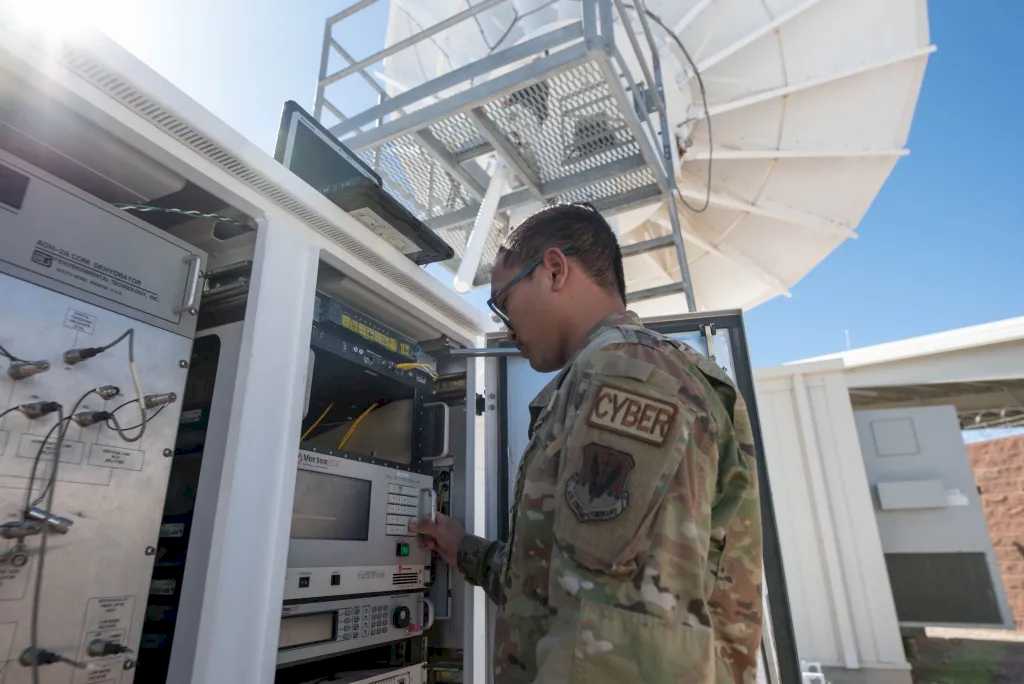
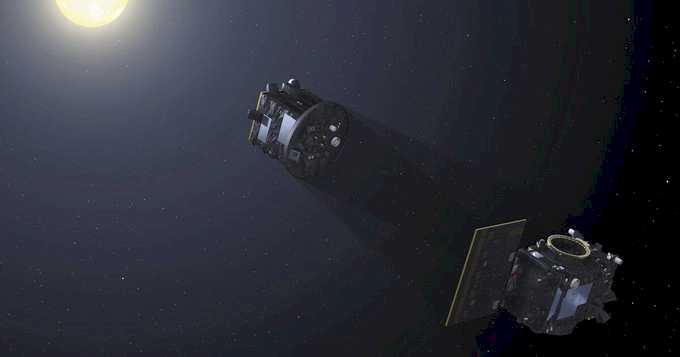
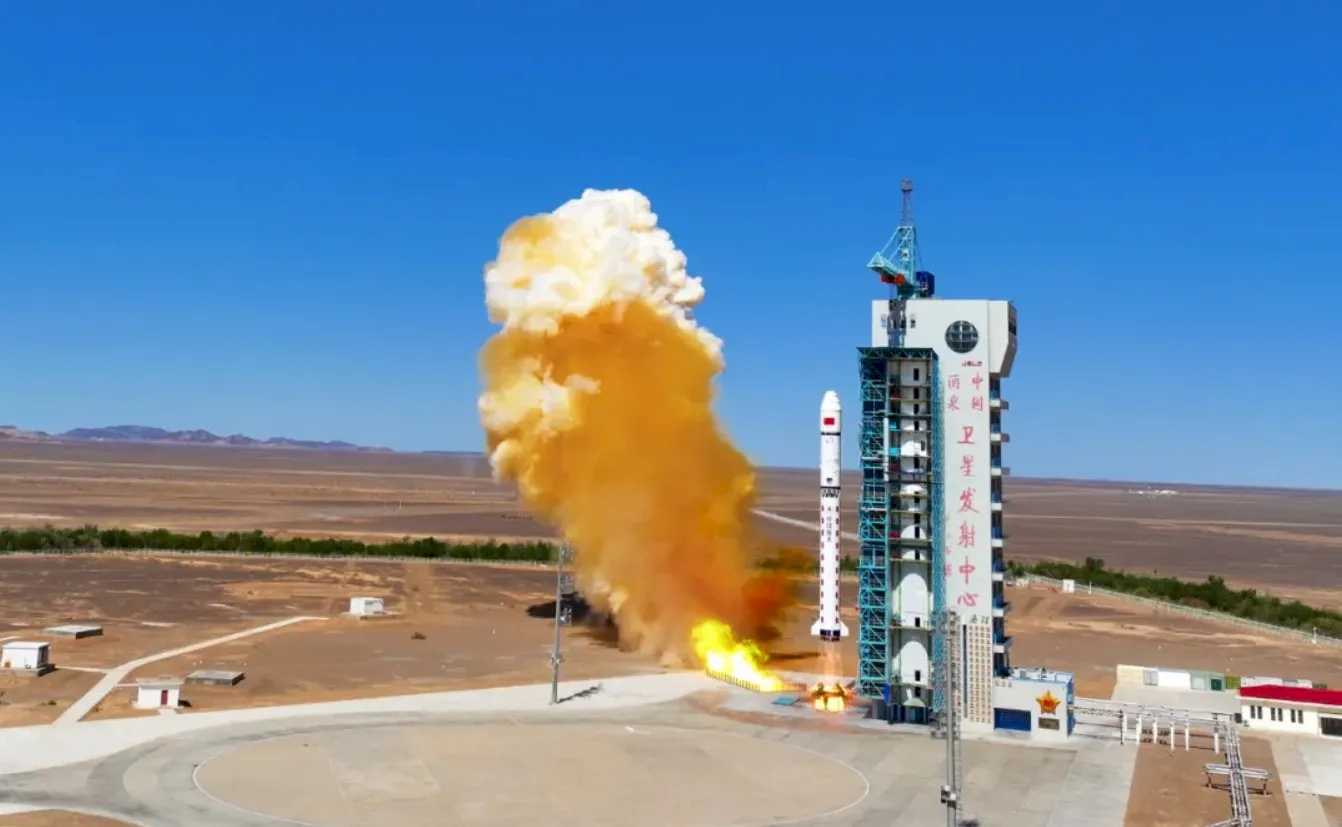


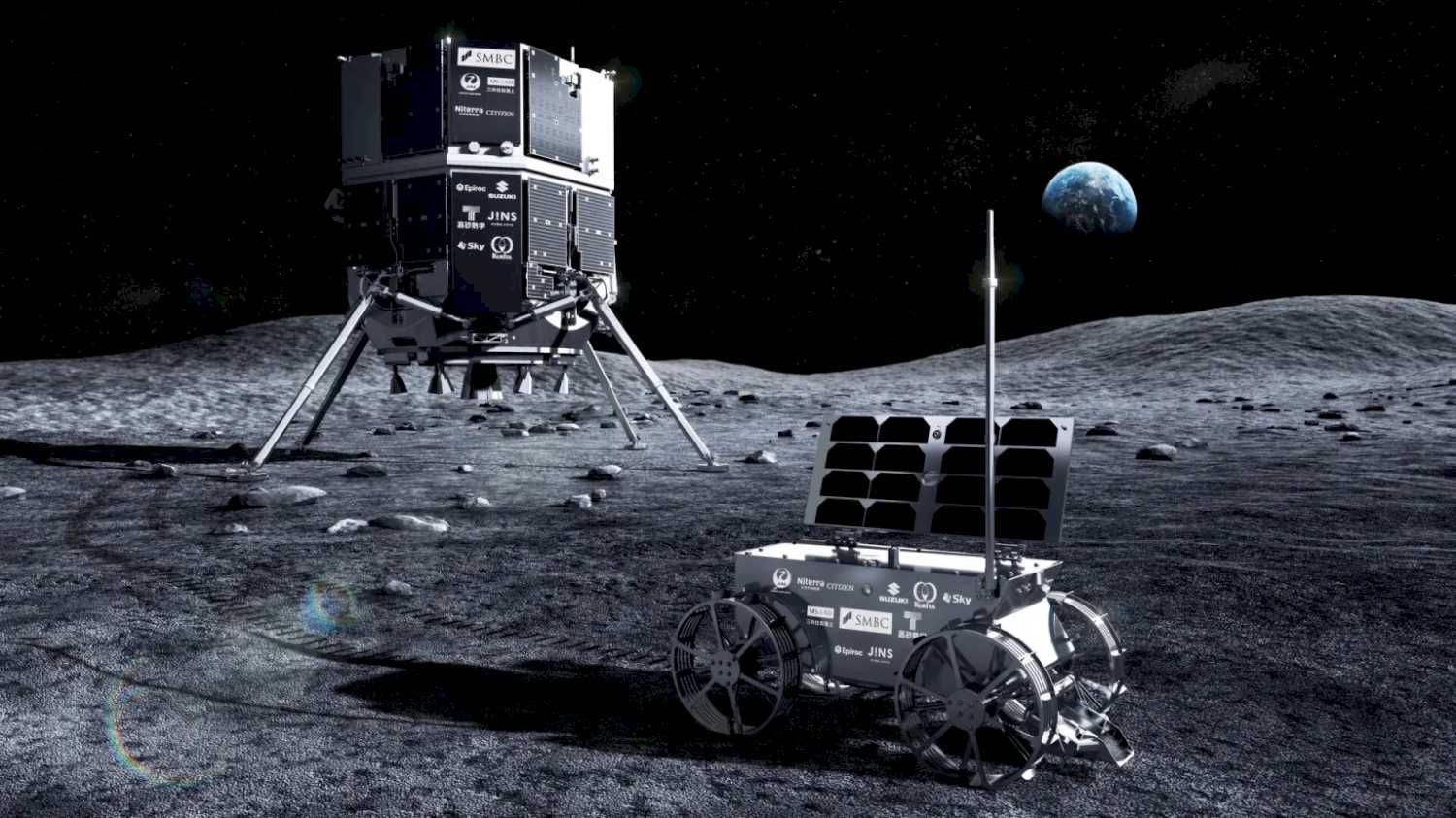


Space news on Umojja.com